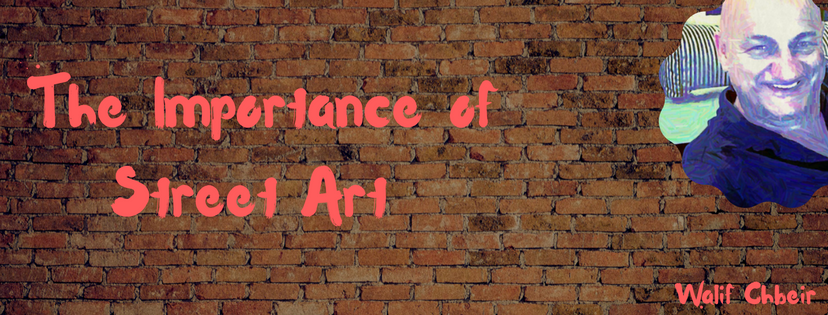Sometimes, it is called a crime.
Sometimes, it is called vandalism. It’s called destruction of property. It’s called sloppy, messy, disgusting, destructive and, ultimately, a blight on an otherwise perfectly good city landscape.
Other times, by some people, it’s called art.
Street art–the act of using the same artistic tools that one would use to craft art on a public surface–is a hotly debated issue today, though it shouldn’t be.
The art that pops up throughout cities around the world is just that–art. Using the same tools, the same skills and the same mediums that a “normal” or “traditional” artist may, street artists use paint, stencils, yarn, glass and spray paint to create unsanctioned, unapproved pieces in public and, because of this, they’re chastised.
However, examining the well-known art and artists that perform street art paints a picture of true art. Perhaps the most well-known street artist across the world is Banksy. Known mostly for his stencil spray paint pieces that touch on societal issues plaguing us across the world, Banksy continues to add credit to the idea that street art is indeed real art.
Banksy’s art, as well as that of many other street artists, evokes conversations regarding what is going on in the world. When Banksy paints a picture on the street, it allows it to reach a wider audience than it would in a gallery or elsewhere. It allows the average passerby to notice it, stop, and do the one thing that we expect that real art will do: think.
In a world that is inundated with issues left and right, crafting a beautiful piece of art in a highway tunnel or next to an overpass shouldn’t be considered grounds for arrest, it should be considered grounds to start a real conversation.
Vandalism does exist–spray painting your name on the size of an ornate brick building in your closest city doesn’t qualify as “art,” at least not in my mind. That is simple vandalism. There is a very fine line between what you or I could do by picking up a can of spray paint and unleashing it on a wall. We should leave that to the artists, whether they’re in galleries or on public walls.

